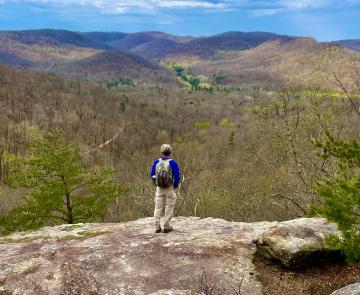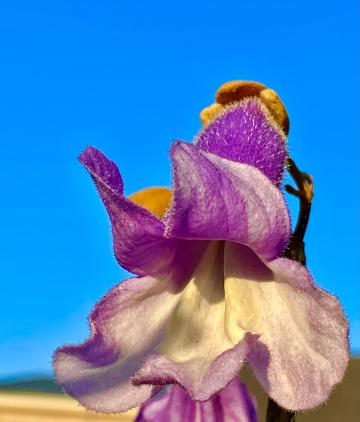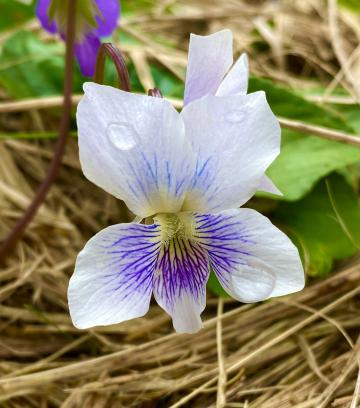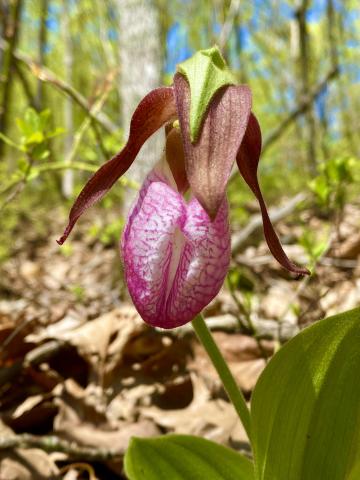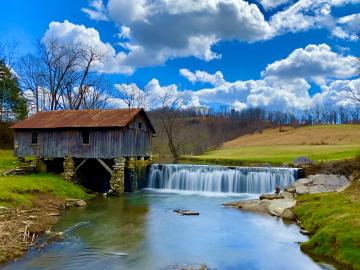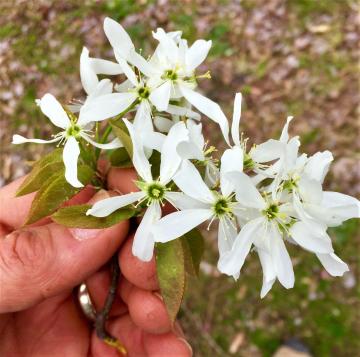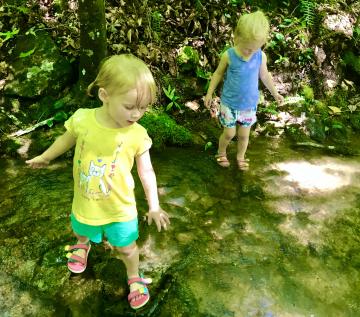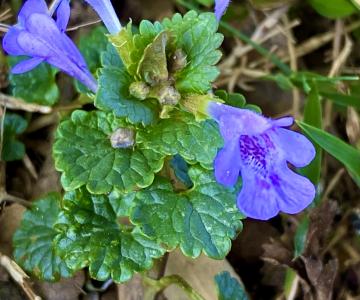Why We Love the Mountains
Mountains seem to be a universal attraction to people no matter where they come from. To those who were born and raised in them, they are especially endearing because they were the constant backdrop of our lives: their beauty, their challenges, and their molding of the culture of our ancestors that was passed on to us. Mountains are special, but what is it about them that everybody falls in love with? This will sound over-simplistic, but the answer is their three-dimensional terrain. Let me explain.
- Read more about Why We Love the Mountains
- Log in to post comments
